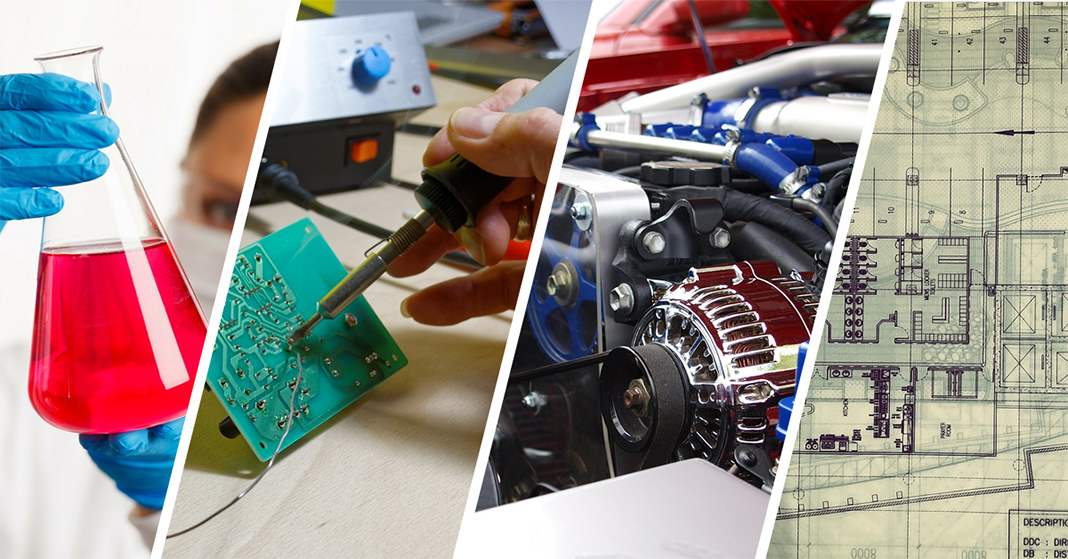
If you’re like me, you have a hard time keeping up with all the new buzzwords in education. When you hear about STEM, it’s usually being talked about as if it’s a subject all its own—one more thing you need to worry about teaching your kids. The reality is that you’re probably already teaching it, especially if you are using BJU Press textbooks for science and math. We were doing STEM long before it was called STEM.
What STEM Is
STEM is an acronym for
- Science
- Technology
- Engineering
- Math
Technically, any lesson that falls into one of these subject areas is a “STEM lesson.” But the term is typically used when describing activities that seek to teach kids how to apply those subjects to real-world applications. If hearing about STEM brings to mind pictures of kids building robots, that’s because robotics and programming are examples of real-world applications. They are definitely STEM, but STEM isn’t limited to electronics. Exercises can also include chemistry experiments, math equations used to design buildings or vehicles, weather analysis, and more.
Why It’s Hot
The acronym actually dates back to 1998 but has recently gained a lot of popularity. Experts in the United States determined that we were behind other countries in these areas in terms of test scores and the number of college graduates holding degrees in those fields. The majority of high-paying new jobs fall into the STEM category, and there aren’t enough graduates to meet that demand.
Why It Matters
Homeschoolers usually aren’t big on educational fads, focusing instead on time-tested approaches that we know work. The acronym STEM might be trendy but the idea isn’t new. The fundamental processes used in math and science never change, but the way we apply them to the real world has to because the demands of the job market change. If we’re going to bring up our children to be good stewards of God’s creation and to love their neighbors, we have to equip them with the tools they need to accomplish those things in a modern world. That’s why BJU Press has been including these real-world applications in our science and math textbook lines from the beginning.
What to Do
One of the best things about homeschooling is that you can do what’s right for your family. I believe STEM is very important, so here are two things I plan to do with my own son:
- I’m going to make sure that the curriculum I’m using has plenty of up-to-date STEM exercises that will help him learn.
- I’m going to personally come at the activities with a learner’s attitude. A lot of the lessons, especially ones involving technology and programing might be foreign to parents who aren’t actively involved in fields that use them, but I’m excited about learning along with my son and certainly won’t skip over lessons that may seem unfamiliar or difficult. We’ll get through them together.
Did you find this post helpful? Would you like to share a STEM activity that has worked in your homeschool? Be sure to comment below! Also, to get you started, here are six free STEM activities from BJU Press science textbooks.
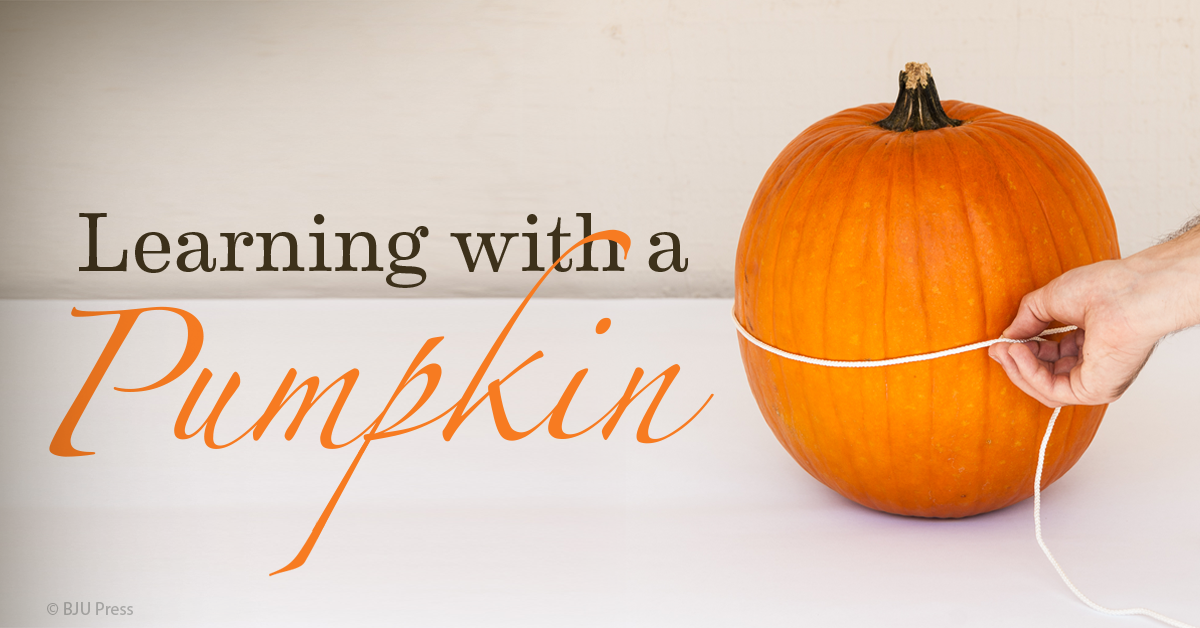
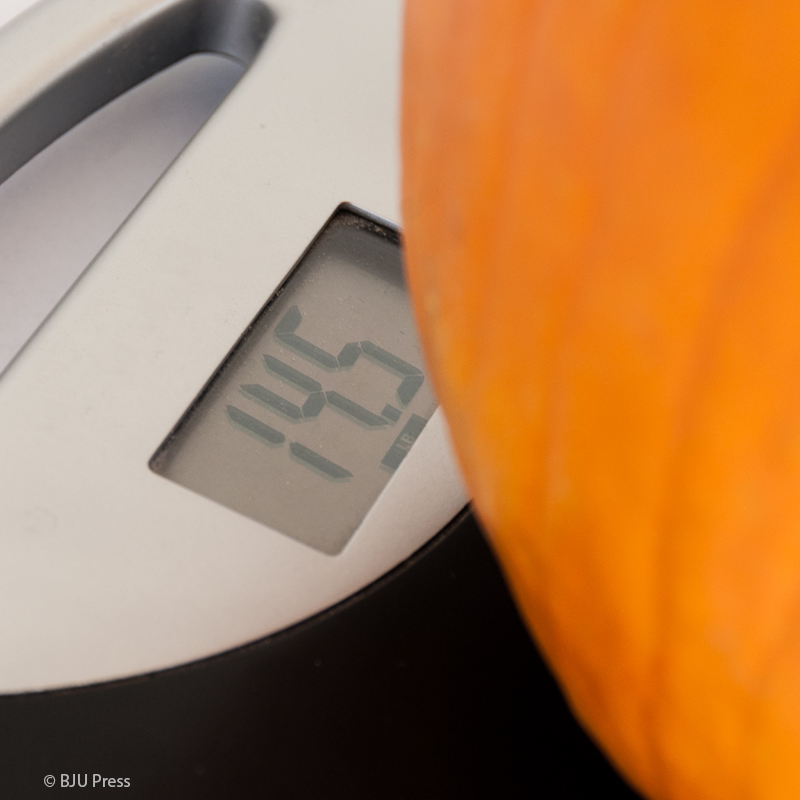
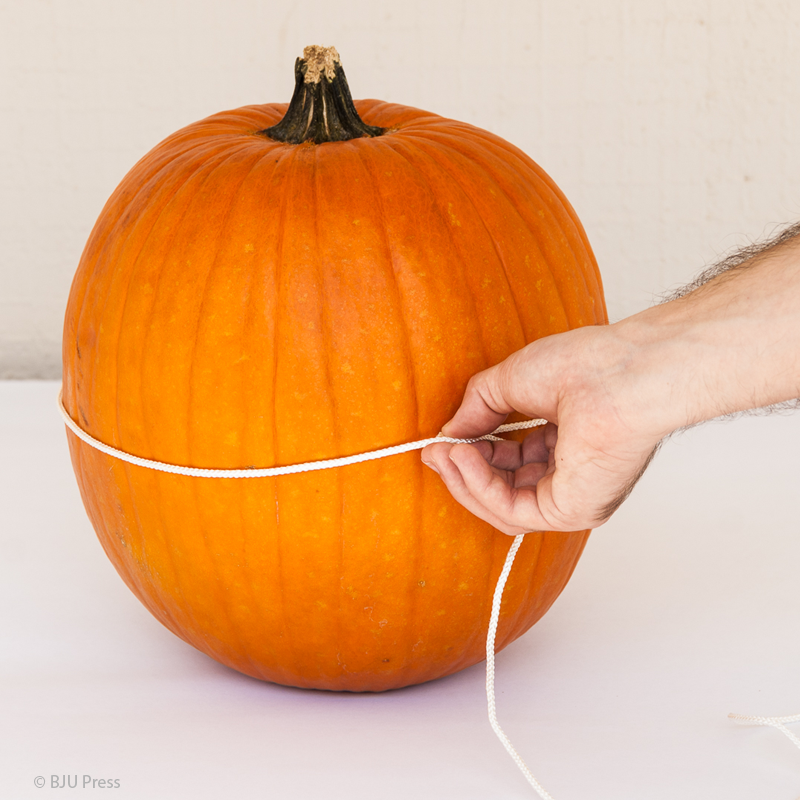
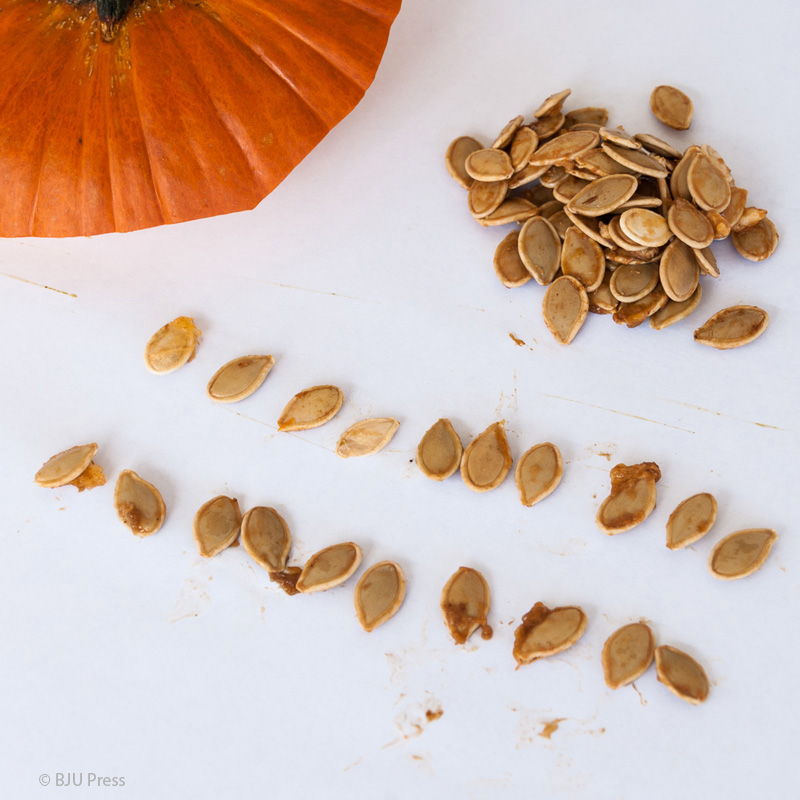


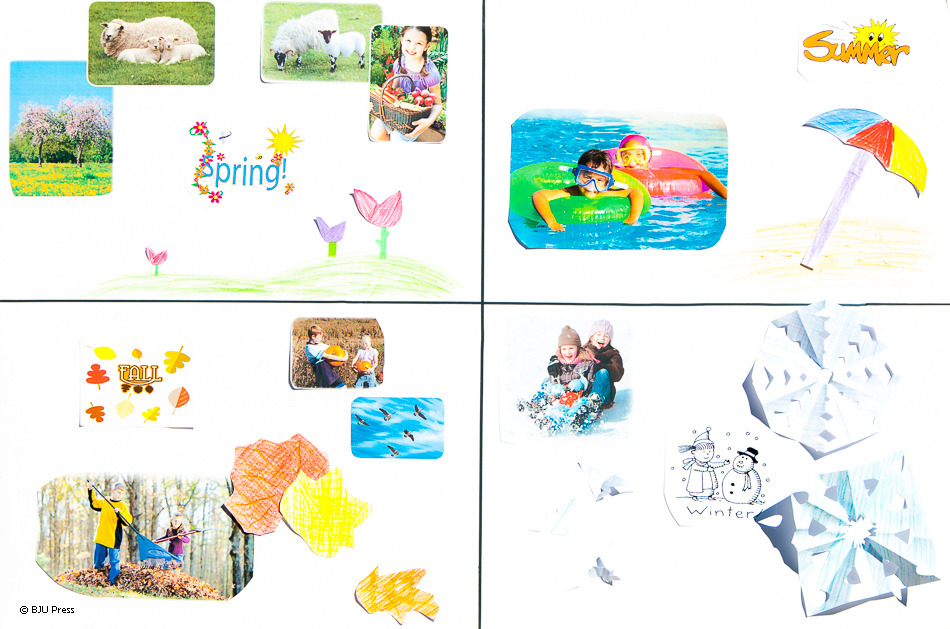
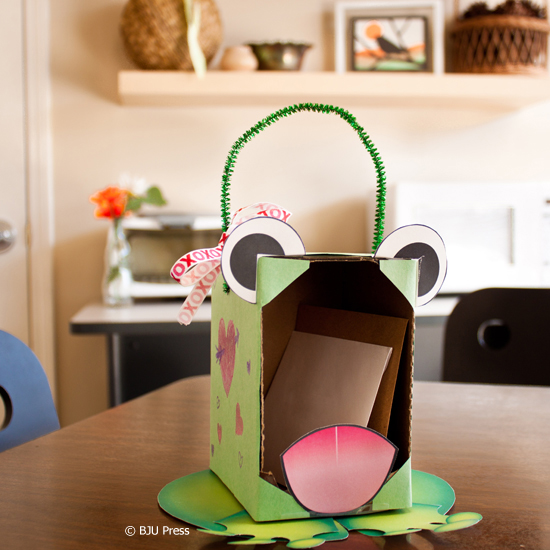 When it’s time to share the valentines, use
When it’s time to share the valentines, use